
|
|
|
|
|
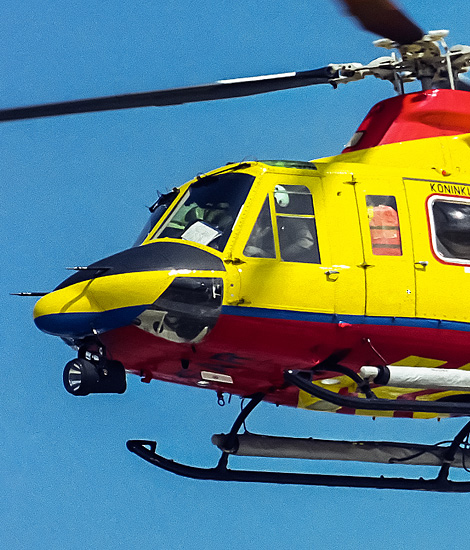
|
MVK Valkenburg and its Orion Units; MVK Valkenburg, May 27, 2000
The Orion’s of MARPAT, part 2; Text and Photograph's by Alex van Noye
Naval Air Base Valkenburg is home to the Dutch Orion fleet of the Marine Luchtvaartdienst (Naval Air Service). The airfield is located in the west of the country near Katwijk aan Zee and Leiden. Nowadays two Orion squadrons are stationed here. These two historic squadrons are, the 320 and the 321 Squadron.
The history of MVK Valkenburg goes back to the year 1939. On April 17, 1939, the construction of the military airfield Valkenburg started. Its construction was outsourced to the Nederlandsche Heidemaatschappij, which attracted more than a thousand, mainly unemployed, workers from the surrounding area to get the job done. The construction of the airport was done in the context of a work provision project of the Dutch government. During the German invasion in May 1940, the airport was heavily fought despite the fact that the airfield was still being drained and not ready for flight activity. This last piece of information was not yet known to the German plan makers. German paratroopers conquered the airport on May 10, 1940. After the occupation, more than 60 German transport aircraft of the type Ju-52 arrived immediately. The result was that when the first transport plane landed, it was immediately slowed down by the soft soil because the airport was not finished yet. The pilots of these aircraft did not notice anything and soon the next Junker landed short behind the first aircraft. When the first aircraft was still standing at the head of the runway, the damage had already happened, because transport plane number two was hitting in number one. This scenario was repeated a number of times before they realized what was happening with the aircraft at the airport.
The German occupiers built the airport further and took it into use as "Fliegerhorst Katwijk". They almost only stationed single-engine fighter planes at the airfield from the autumn of 1940 until April 1942. The most important task was the air defense of the coastal region and the supervision of ship's convoys on the North Sea. Until 1943, Valkenburg was used as an aid base, after which the Germans made the airport completely useless. From April 30, up to and including May 7, 1945, food droppings took place above the airfield Valkenburg by Lancaster’s of the RAF and B-17G aircraft of the USAF. In the Manna and Chowhound operations, a total of 5,500 food flights
|
|
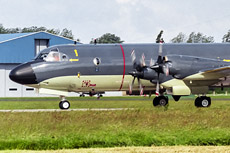
|
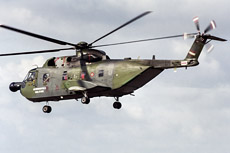
|
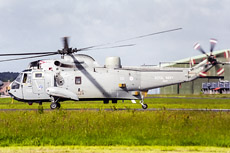
|
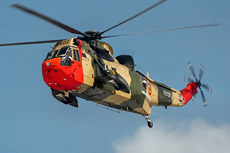
|
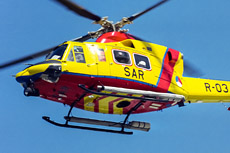
|
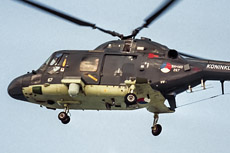
|
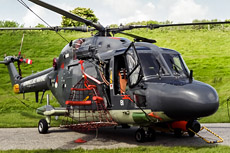
|
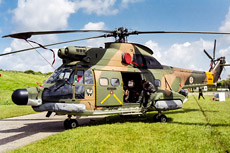
|
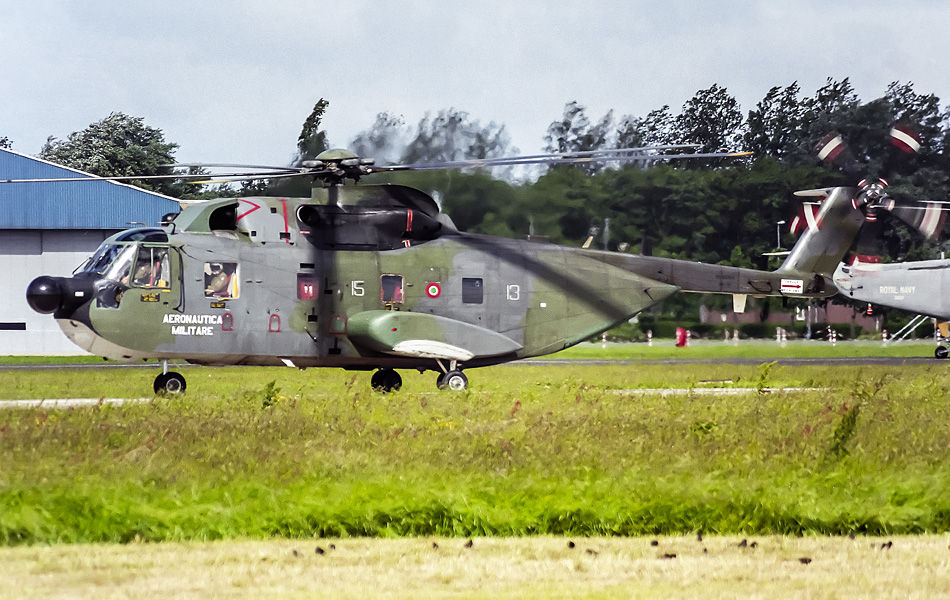
|
were performed during the Hunger Winter in eight days. In 1946, the no.1 Transport Aircraft Division (TransVA) of the Royal Netherlands Air Force was established at Valkenburg. On October 15, 1947, the airfield was transferred from the Royal Netherlands Air Force to the Naval Air Service. After this transfer the airport was named "Marine Vliegkamp Valkenburg" (abbreviated MVKV). The first commander of the airbase was Pieter Jacob Elias in 1949. The squadrons 320 and 321 were stationed at Valkenburg by the Royal Netherlands Navy. These units had the task of detecting and eliminating Russian submarines. Since the closure of the military airfield Ypenburg near The Hague in 1991, the Naval Air Base acts as a ceremonial base for VIP flights for the Royal House, the cabinet and foreign heads of state.
The 320 Squadron is the first unit which is stationed at Valkenburg. The 320 Dutch Squadron RAF was a maritime squadron which was established in Pembroke Dock as part of the British Royal Air Force on June 1, 1940. From June to October 1940, the squadron was under the command of Lt.Cdr. J.M. van Olm and then until March under Lt.Cdr. Willem van Lier. Their motto was "We Are Guided By The Mind Of Liberty". After the May days of 1940, eight twin-engine Fokker T.VIIIw aircraft flew to England. These aircraft formed the basis of the 320 squadron. Their task was to detect submarines on the ocean surface and to attack them with depth charges and guns. Two aircraft were lost in this flight. After a short period in this role the other aircraft became unusable as well. This was mostly due to a lack of spare parts. From August, Anson aircraft were deployed at the unit and in October they were supplemented with Hudsons. On January 18, 1941, the squadron merged with the 321 Dutch Squadron RAF. After the liberation of Belgium, the squadron was transferred to Melsbroek on October 18, 1944, and to Achmer in Germany on April 30, 1945. On August 2, 1945, the squadron came under the command of the Naval Air Service in the Netherlands. Since then, the squadron has been stationed at Naval Air Station Valkenburg. After the Second World War, the squadron was deployed in the Netherlands in the role of anti-submarine warfare for detecting and destroying these ships. The unit also received SAR tasks, whereby the aircraft were used for search at sea. During the Cold War the 320 Squadron flew with the Grumman S-2 Tracker, the Lockheed P-2 Neptune and the Breguet Atlantic. The squadron nowadays flies the P-3C Orion.
The second squadron at Valkenburg is the 321 Squadron and is also equipped with the P-3C Orion. The 321 Dutch Squadron RAF was a maritime squadron which was established at Pembroke Dock as part of the Royal Air Force on June 1, 1940. The unit would consist of personnel from the Naval Air Service which had fled the Netherlands after the German invasion. Due to a shortage of personnel, the squadron was disbanded and added to the 320 Dutch Squadron RAF on January 18, 1941. The squadron was re-established on August 15, 1942 in Trincomalee in Ceylon with personnel from the Naval Air Service which had fled to Ceylon during the Japanese invasion in Dutch India. At this location the 321 Squadron was equipped with American Catalina seaplanes. In December 1942, the first five of the six Catalinas arrived from the United States. These aircraft were flown by American ferry pilots. The sixth plane crashed when crossing Africa. Later, another six Catalinas were added to the fleet. China Bay on Ceylon would remain the home of the 321 Squadron throughout the Second World War, with several detachments in Africa, India and the Cocos Islands. The squadron was transferred by the RAF to the Naval Aviation Service on December 8, 1945 in Batavia. After the Second World War, the 321 Squadron was stationed at MVK Valkenburg, just like the 320 Squadron. Today the unit is still based here and the squadron is equipped with the P-3C Orion.
|
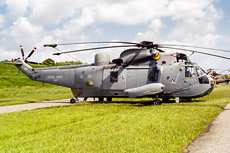
|
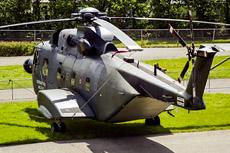
|
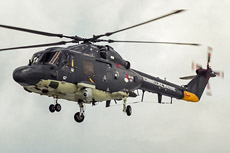
|
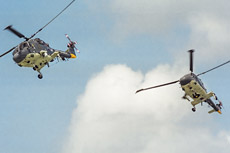
|
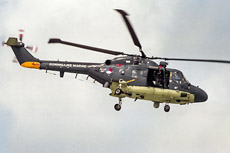
|
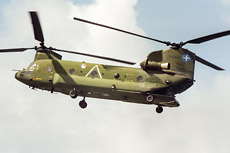
|
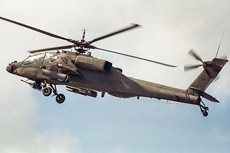
|
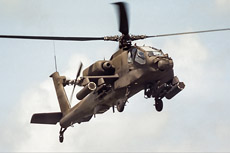
|
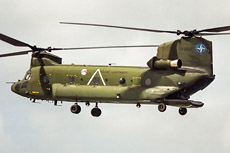
|
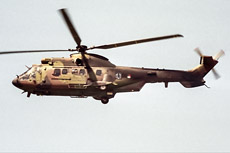
|
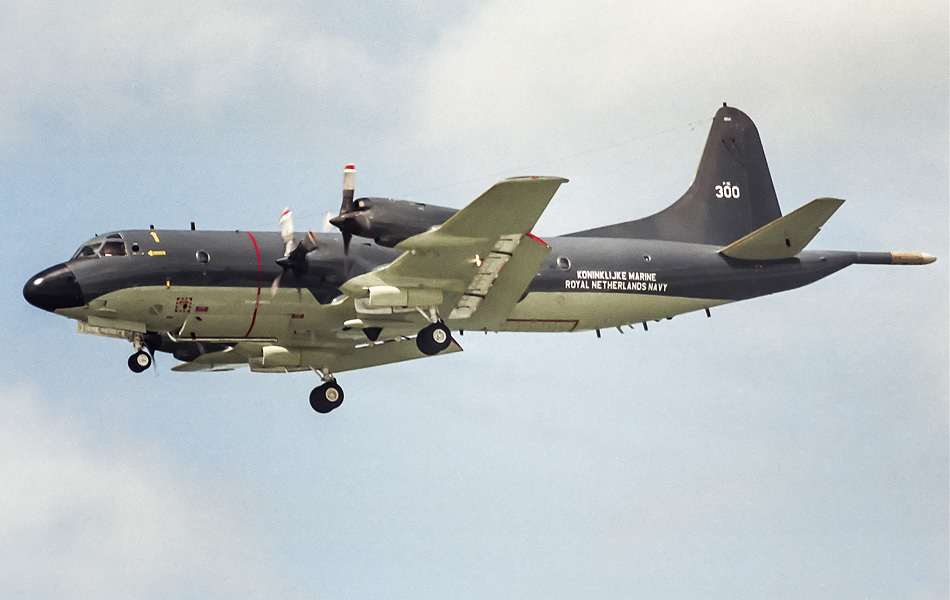
|
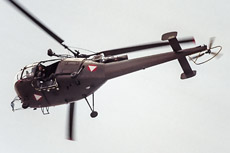
|
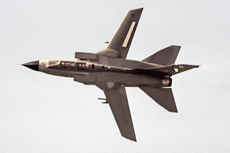
|
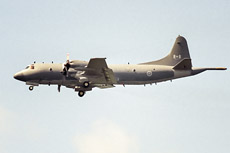
|
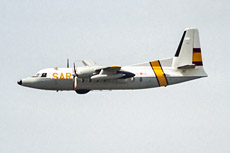
|
|
|

|







